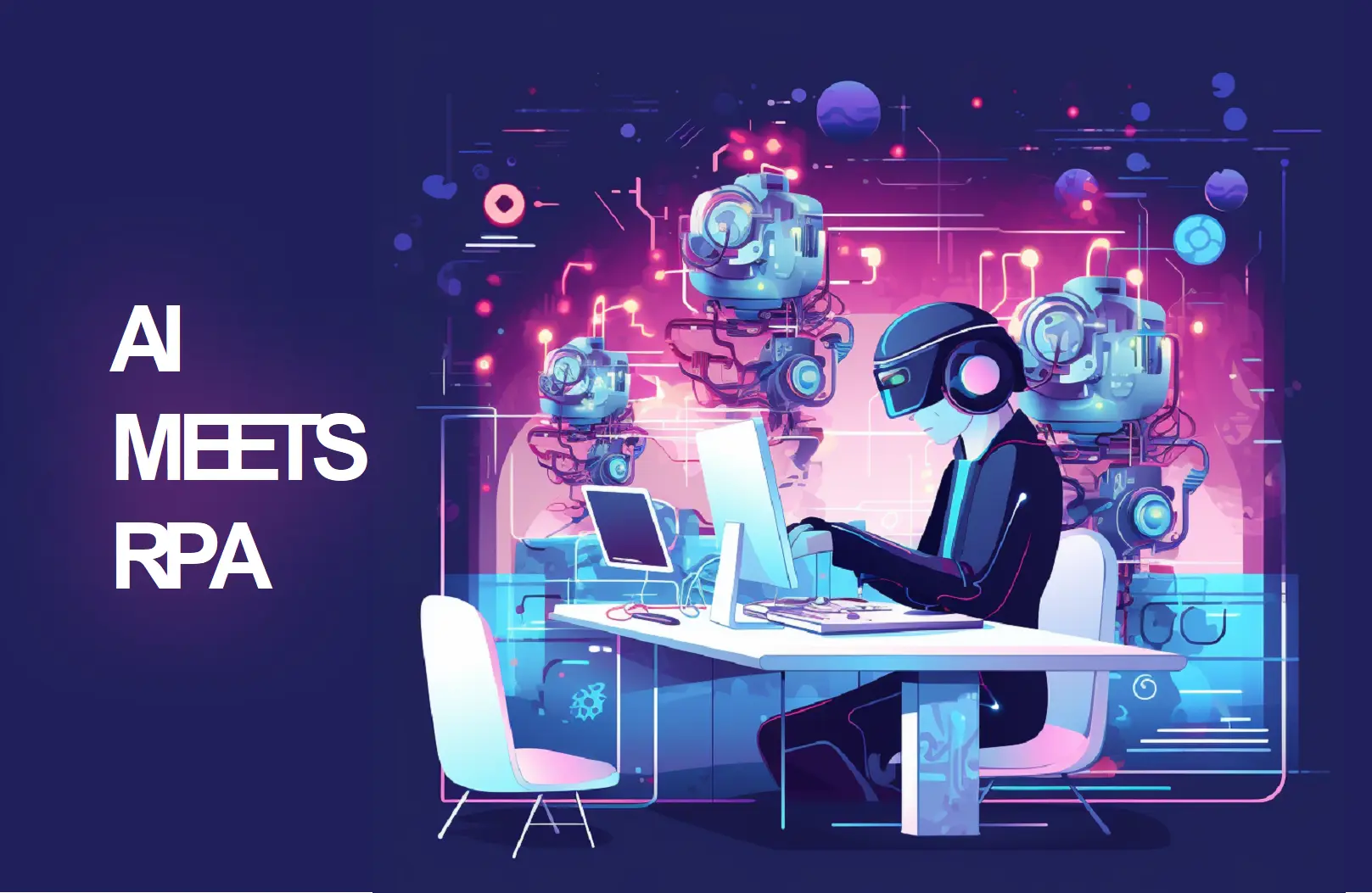Automation isn't a New Idea.
As far back as 300 BC, the Greeks and Arabs were preoccupied with accurately measuring time, leading to the creation of intricate water clocks and float regulators.
In more recent times, in the late 18th century, individuals like Richard Arkwright and Oliver Evans pioneered the development of automated industrial processes, such as automated spinning mills and flour mills powered by water and steam.
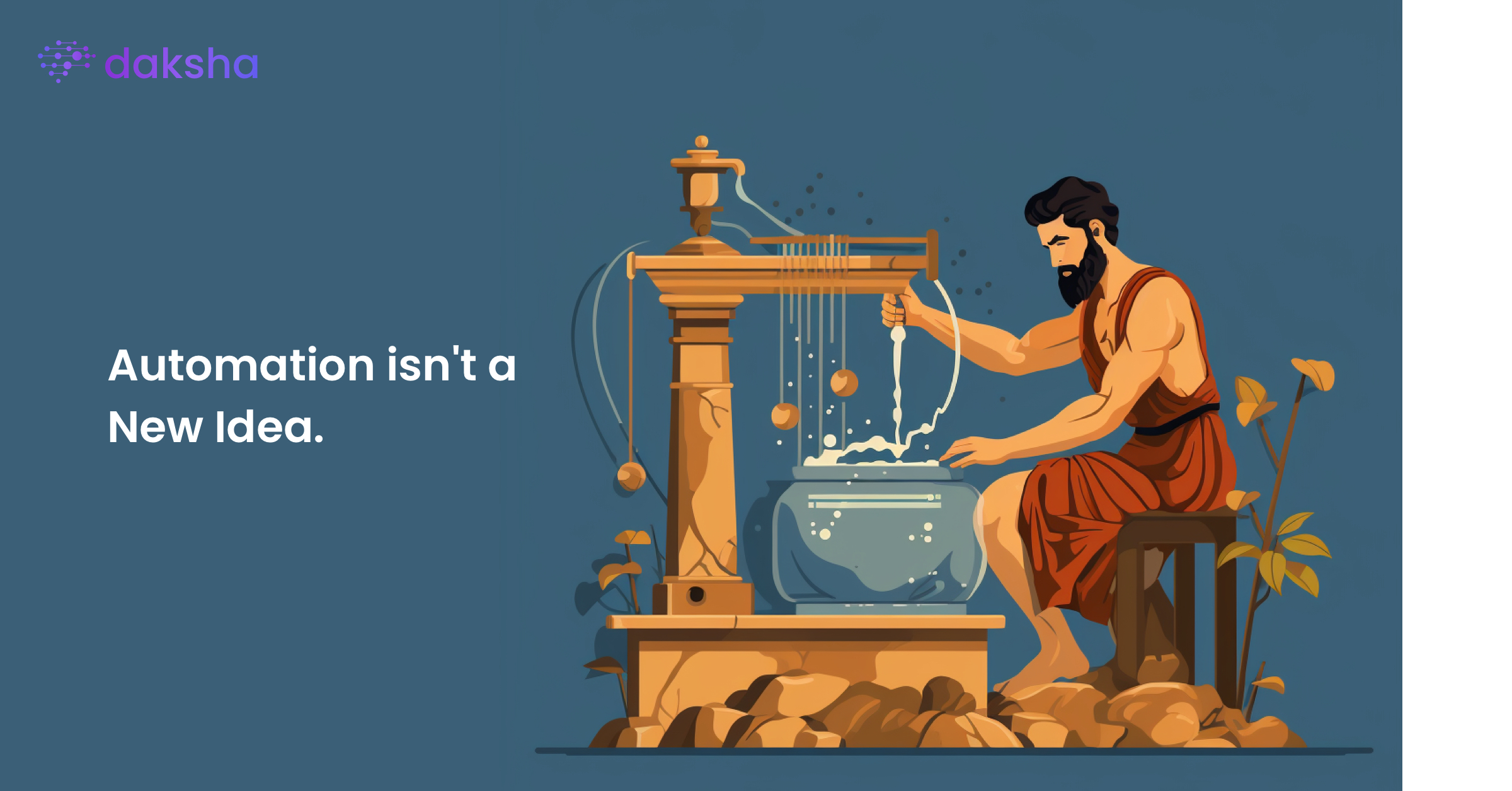
In Short, it is not a new idea. People have been inventing tools to make their work easier for centuries.
Automation in Business Processes.
Intelligent Automation can give businesses a substantial edge over the competition. Not only does it offer significant cost savings by streamlining repetitive tasks, but it also improves accuracy and enhances safety by handling tasks that may not be safe for humans.
Most importantly, Automation allows businesses to allocate human resources more efficiently, directing them towards more complex and value-added tasks.
What is RPA (Robotic Process Automation)
A robot is a machine capable of carrying out a complex series of actions automatically, for example, in car manufacturing factories.
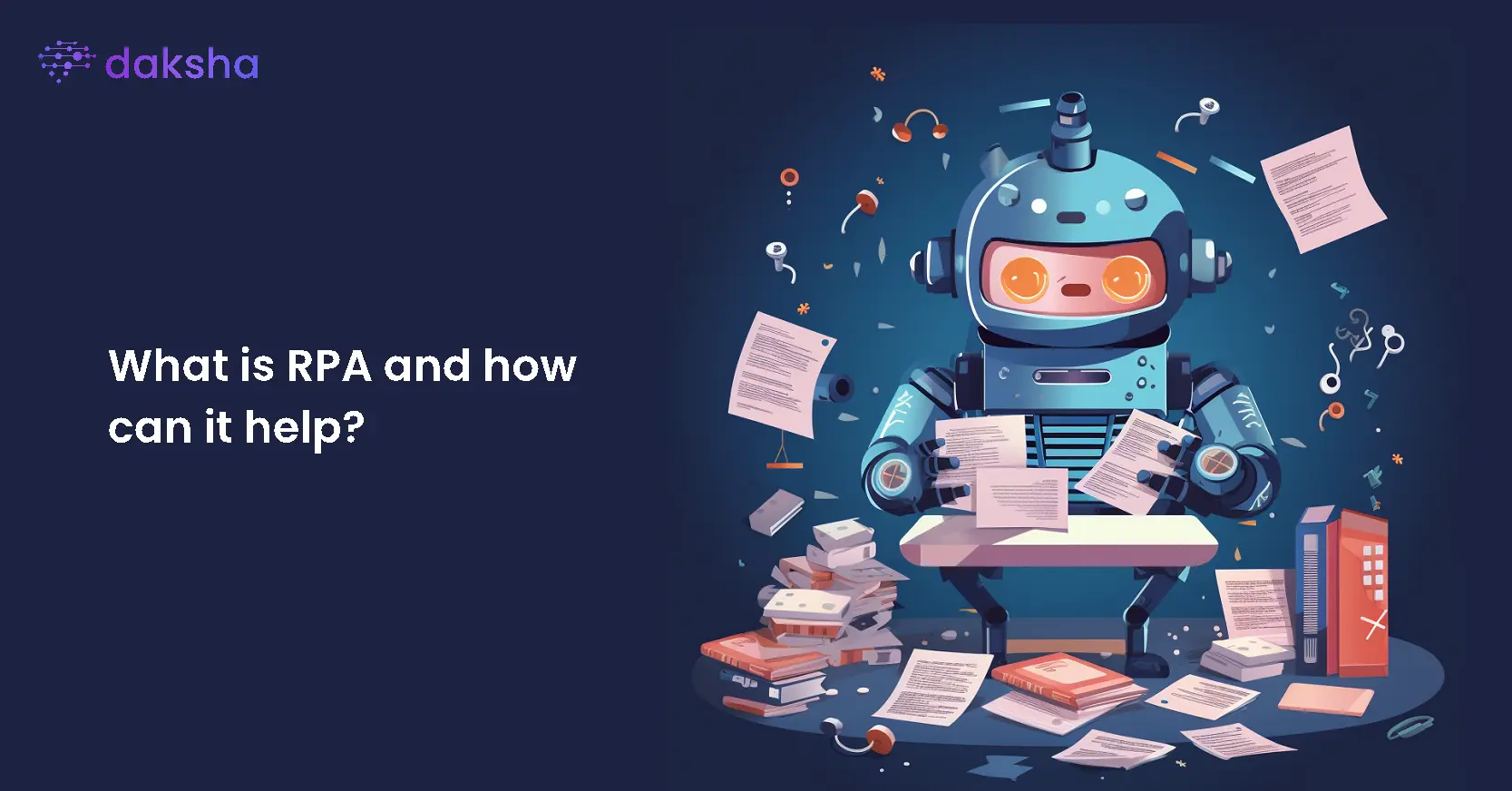
RPA applies the same idea of Automation to software, where software robots, or “bots,” take on repetitive manual tasks on a large scale. These virtual bots can efficiently process documents, manage responses, manipulate data, and communicate with other digital systems, making them particularly valuable in managing tedious “swivel chair” processes.
But there is a Catch.
RPA bots primarily work with predefined rules and linear sequences of actions. They lack the ability to apply intelligence beyond a set decision tree, often struggling when confronted with unstructured data or deviations from their predefined paths. A slight variation in the input would simply break the RPA unless is factored into the decision tree somehow.
Do you remember the early-stage chatbots that were popular a few years ago? They were pretty frustrating because you had to ask your question in a specific way and in a particular order if you hoped to have somewhat of a solution from the bot. I remember the only thing I ever asked the bot was, “I would like to talk to a human, please.”
That is an example of old-school RPA – useful but not very adaptable.
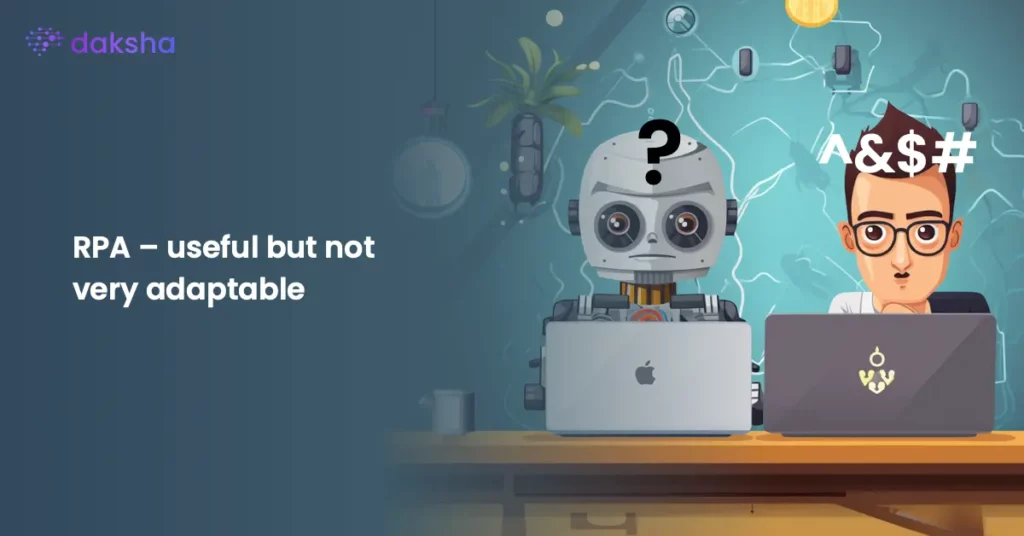
And there is AI.
AI complements RPA beautifully. While RPA handles repetitive tasks efficiently, AI adds a new dimension with its cognitive capabilities. They create a complementing synergy that can streamline workflows, boost efficiency, and improve productivity.
AI-powered RPA robots act as intelligent digital workers, constantly learning and adapting. They can operate independently or alongside human teams, making them invaluable in document classification, content comprehension, reasoning, and relationship discovery scenarios.
This combination, known as “Intelligent Automation,” has a broad spectrum of applications, from enhancing conversational customer service to automating document processing, employee onboarding, and return management.
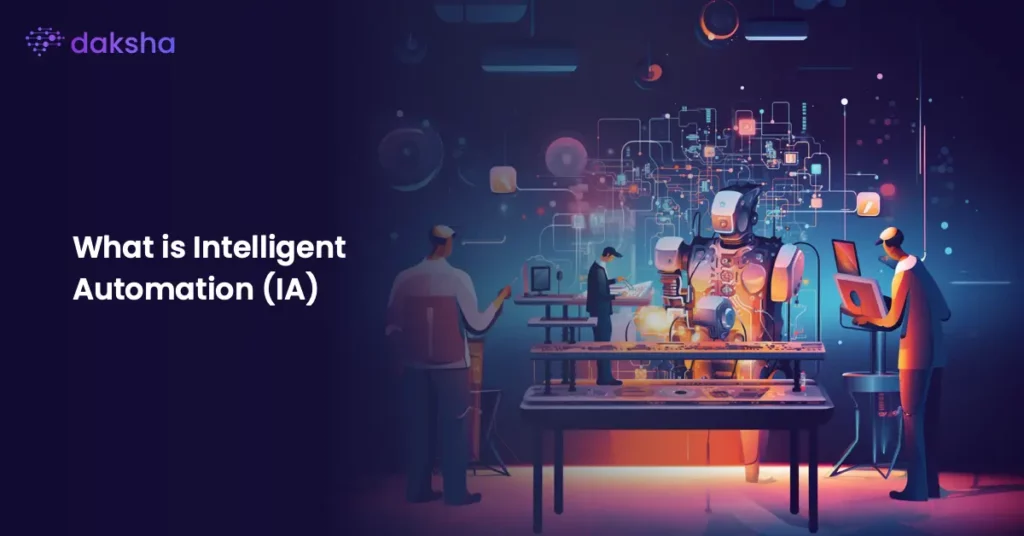
Returning to our customer service bot example, modern AI-powered bots have significantly improved. They utilize Generative AI, which is trained on past interactions between customers and human agents. This enables them to understand the context of your question and generate a suitable response, making for a much smoother and more efficient customer experience. If you try a modern AI-powered Bot now, they are not half bad.
Where to Start?
To explore the potential of AI and RPA, businesses should identify processes that involve well-defined, repetitive actions that deal with structured and unstructured data. The benefits of implementing these technologies are substantial and include improved accuracy, increased efficiency, enhanced decision-making, and cost reduction.
Another area worth exploring is seasonal work demands. Organizations can quickly scale and adapt to seasonal workflows and peak demands across various business units and locations, whether on desktops or in the cloud.
If you’re a business looking to explore the possibilities of implementing RPA or AI, Daksha is here to help. Reach out to us, and we’d be happy to arrange a 30-minute, no-obligation exploratory session to discuss how these technologies can benefit your organization.

By Maheep Gupta – I think of business challenges as puzzles and I love crafting simple yet elegant solutions without reinventing the wheel. User experience is a huge part of my work. A solution is not a solution unless it looks kickass and offers an amazing UX.


